1. Victory Garden Stew
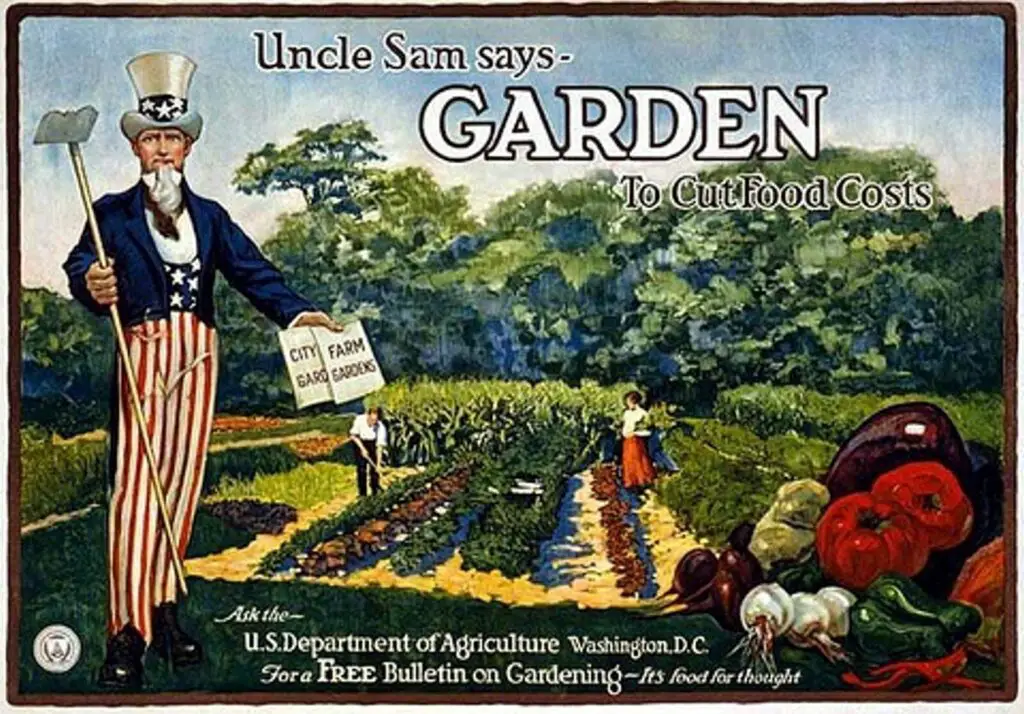
When fresh produce was rationed, many families turned to their own backyards to keep food on the table. Victory gardens supplied carrots, potatoes, onions, and whatever else could be coaxed out of the soil. These simple ingredients often ended up in a hearty stew, stretched with water or broth and thickened with a little flour. It might not have been fancy, but it filled stomachs and warmed spirits.
Over time, those garden stews became more than survival food. They reminded people of the power of self-reliance and the comfort of making do. Today, we might not be digging up vegetables for necessity, but homemade vegetable stew still feels wholesome and deeply satisfying. It’s like carrying a piece of resilience into every bowl.
2. Spam and Eggs
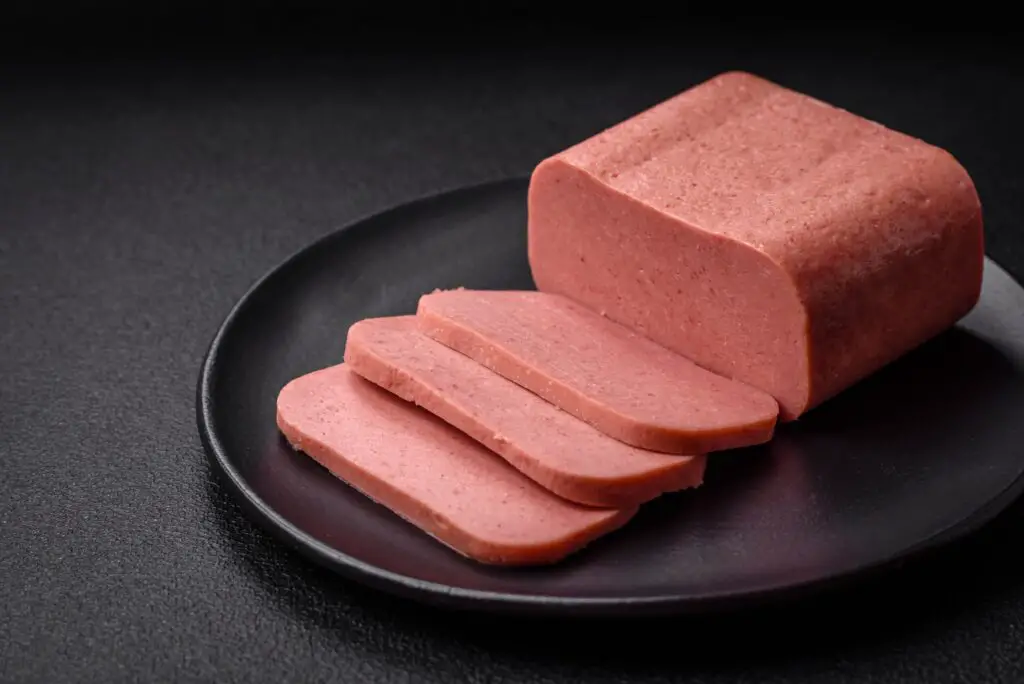
Canned meat might not sound glamorous, but during wartime, Spam was a lifesaver. It was inexpensive, shelf-stable, and versatile enough to be fried, baked, or even diced into casseroles. Paired with eggs, it created a filling meal that gave families a sense of normalcy when fresh cuts of meat were scarce.
While it started as a ration-friendly staple, Spam stuck around. Generations later, it’s become a nostalgic breakfast favorite in many households. In Hawaii and parts of Asia, Spam and eggs are still beloved comfort food. What was once necessity became tradition, bringing a salty, crispy bite of history to the table.
3. Powdered Milk Hot Cocoa

Milk was tightly rationed, and powdered milk became a kitchen essential. Kids didn’t always love it in their cereal, but when mixed with a little sugar and cocoa, it transformed into something special. Hot cocoa made from powdered milk wasn’t as creamy as the fresh kind, but it brought warmth on cold nights.
That improvisation led to one of the coziest comfort foods. Even today, plenty of families still rely on cocoa mixes that trace back to the same concept. It’s proof that even rationing couldn’t take away the joy of a sweet, chocolatey treat. For many, the flavor brings back memories of simpler times around the table.
4. War Cake

Sugar and butter shortages meant desserts had to be reinvented. Enter war cake, a moist, spiced loaf sweetened with molasses and bulked up with raisins or dried fruit. It was made without eggs or milk, yet it still managed to feel festive when baked for holidays or gatherings.
The recipe became a family heirloom, passed down long after the war. Today, many call it depression cake or wartime cake, but the heart of it is the same. It’s simple, frugal, and surprisingly delicious. A slice served with coffee or tea feels like a warm nod to the ingenuity of home bakers.
5. Meatloaf
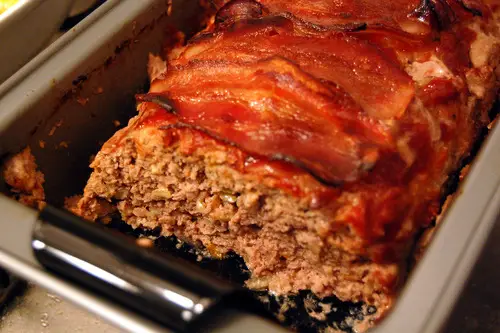
Stretching a little meat to feed a big family was an art form. Ground meat, breadcrumbs, onions, and seasonings came together as meatloaf, baked in a pan and sliced to serve. It could be topped with ketchup, gravy, or whatever sauce was available, making it a versatile centerpiece for supper.
What started as a way to make the most of rationed meat turned into an American classic. Meatloaf is still a comfort food favorite, showing up on diner menus and dinner tables alike. Every family has its own version, and part of the charm is that it doesn’t need to be fancy to be loved.
6. Creamed Chipped Beef on Toast
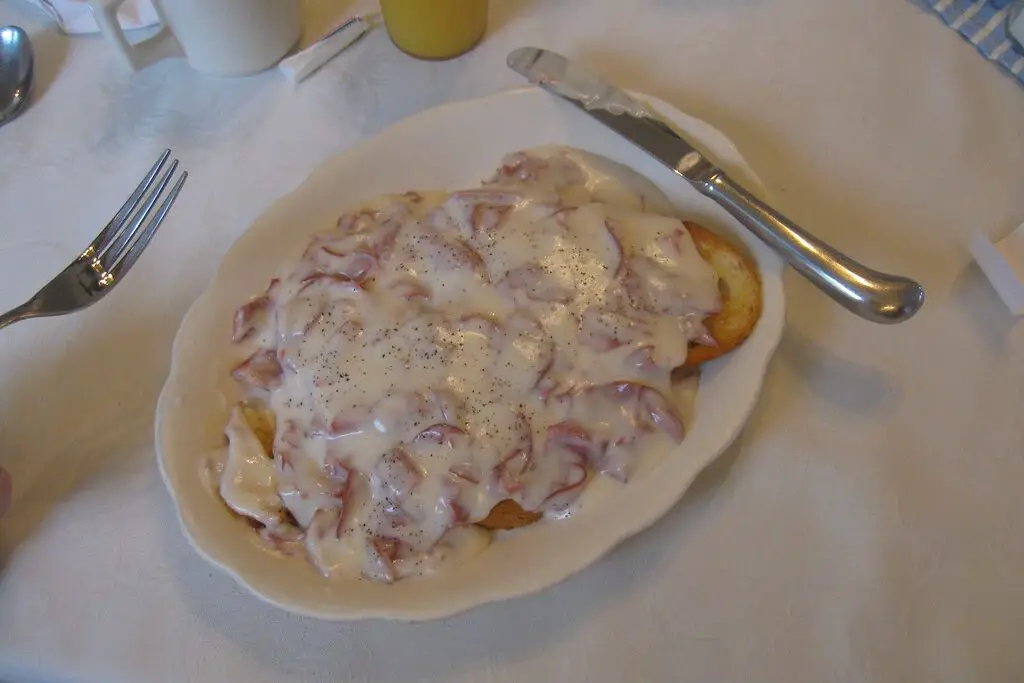
Better known to soldiers as “SOS,” this dish was born out of military rations. Thin slices of dried beef were simmered in a white cream sauce and spooned over toast. It was salty, filling, and cheap, which made it perfect for mess halls and later, for home kitchens too.
Despite its reputation among servicemen, it eventually became a nostalgic comfort food. Some grew up with it as a regular weekend breakfast, while others rediscovered it later in diners. It’s one of those wartime creations that bridged the gap between necessity and familiarity, earning a permanent spot in comfort food history.
7. Oatmeal Cookies
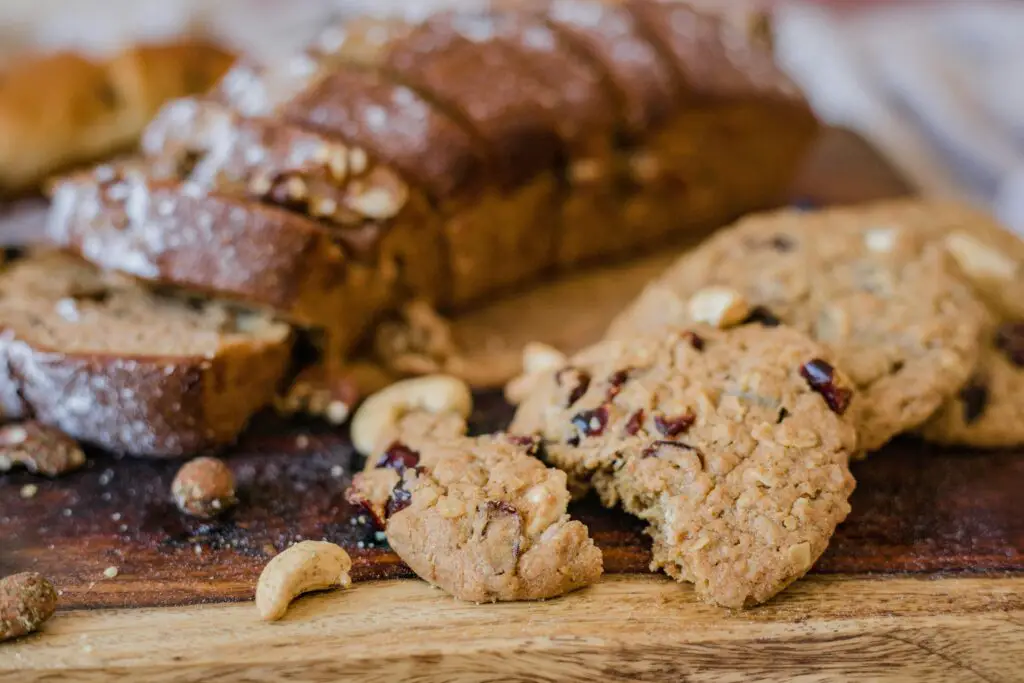
Sugar was rationed, but oats were readily available and filling. Families baked oatmeal cookies sweetened with small amounts of sugar, molasses, or even corn syrup. They weren’t as decadent as chocolate chip cookies, but they offered a chewy, sweet bite that felt like a luxury.
These cookies didn’t fade after the war ended. Oatmeal cookies are still a staple in lunchboxes, potlucks, and bake sales. They remind us that even when resources were limited, people found ways to create treats worth sharing. Their hearty texture and wholesome flavor continue to win over generations.
8. Macaroni and Cheese
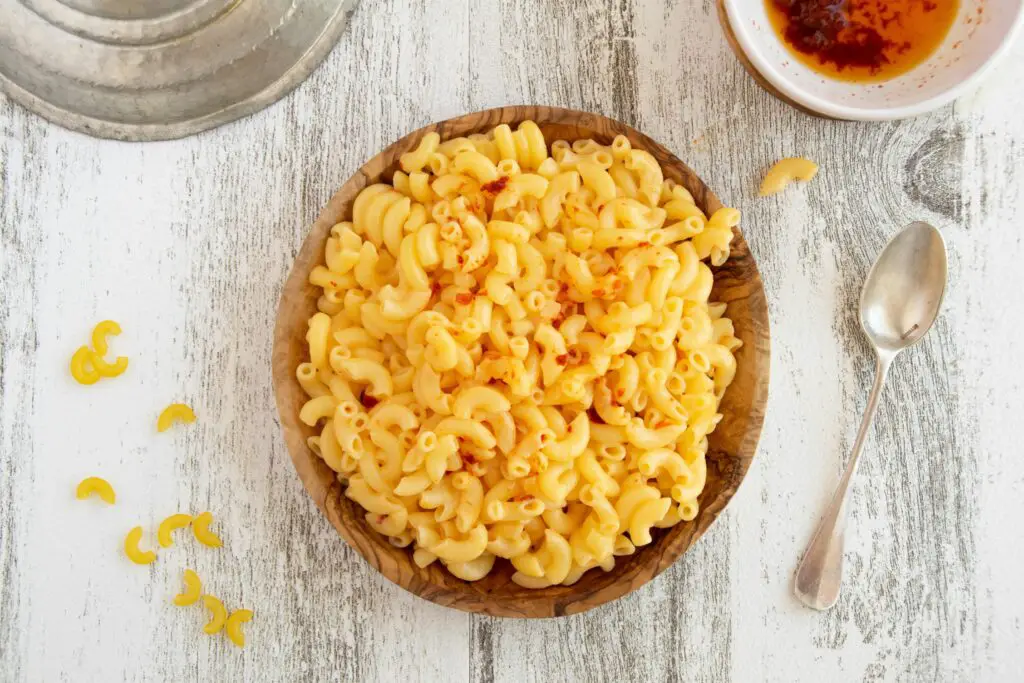
Pasta and cheese powder were shelf-stable, affordable, and easy to prepare. Macaroni and cheese became a go-to meal during wartime because it could stretch to feed a whole family without much fuss. The combination of carbs and creamy sauce was both practical and comforting.
After the war, boxed mac and cheese remained popular, eventually becoming one of the best-loved comfort foods in America. Kids grew up on it, adults embraced it, and homemade versions elevated it further. What started as ration-friendly convenience turned into a comfort food icon.
9. Shepherd’s Pie
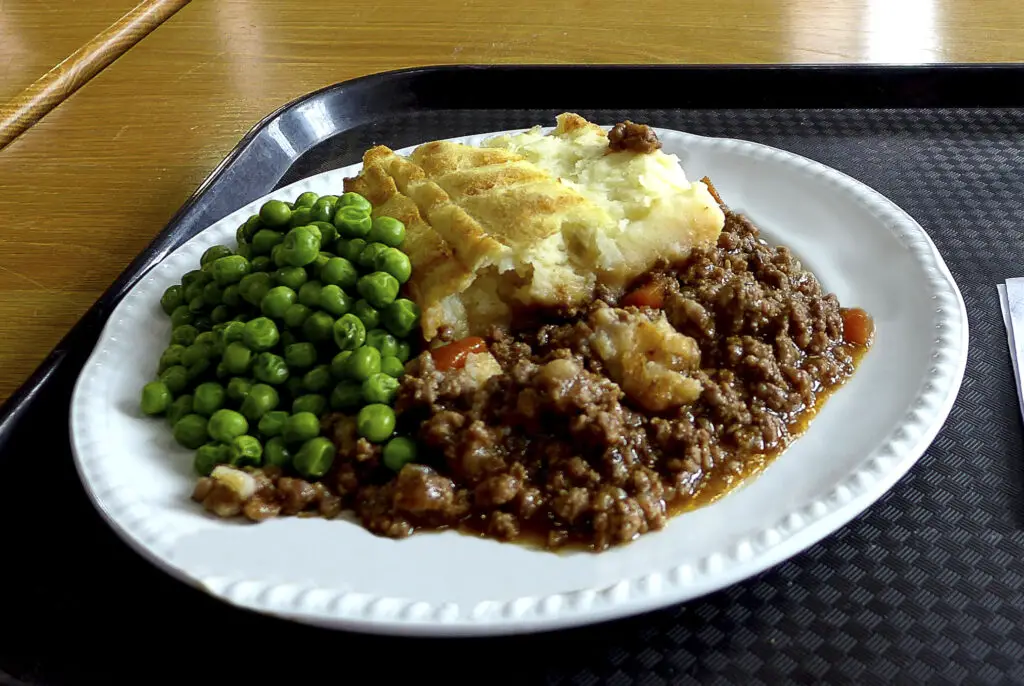
With meat scarce, stretching small amounts with vegetables and mashed potatoes was key. Shepherd’s pie allowed families to turn leftovers into a hearty meal, baking them into a casserole-style dish that felt more abundant than the ingredients suggested.
The dish never lost its appeal. Today, shepherd’s pie is a classic comfort meal, often loaded with carrots, peas, and savory gravy. It feels homely, satisfying, and resourceful, just as it did during wartime. The tradition of using what’s available is baked into every bite.
10. Cabbage Soup
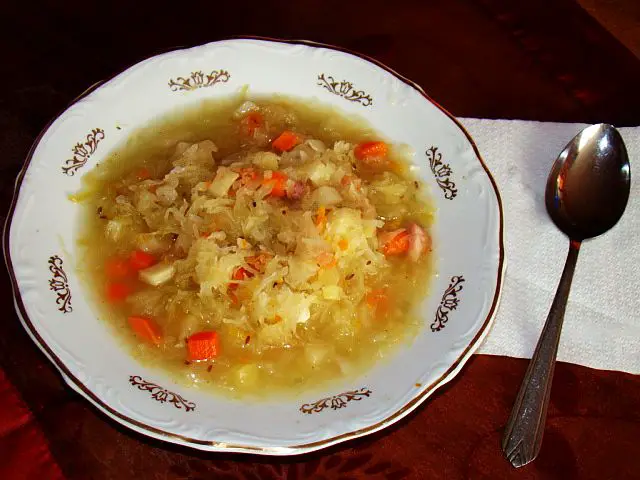
Cabbage was cheap, easy to grow, and filling. Families leaned on cabbage soup to stretch small amounts of meat or broth into something hearty enough to feed everyone. It might not have been glamorous, but it was nutritious and warm during uncertain times.
As the years passed, cabbage soup found its place as both comfort food and health food. For some, it’s the taste of family dinners; for others, it’s a simple way to warm up on a cold night. Its roots in frugality make it a dish that’s humble, but loved.
11. Cornbread
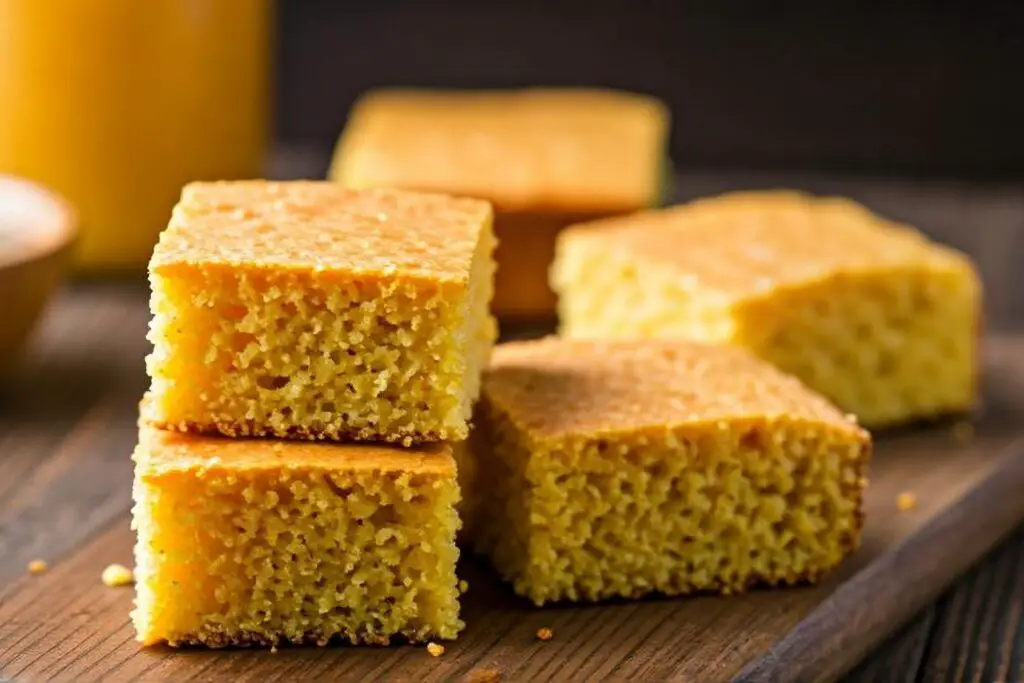
Cornmeal wasn’t rationed the way wheat flour was, so cornbread became a staple at many tables. It was quick to make, affordable, and could stretch a meal by pairing with soups or stews. Butter and sugar were often scarce, so recipes leaned on simplicity.
That simplicity turned into timeless charm. Cornbread is still a beloved side dish across the country, with countless regional variations. Sweet or savory, crumbly or moist, it’s proof that the wartime kitchen left behind recipes that never went out of style.
12. Rice Pudding
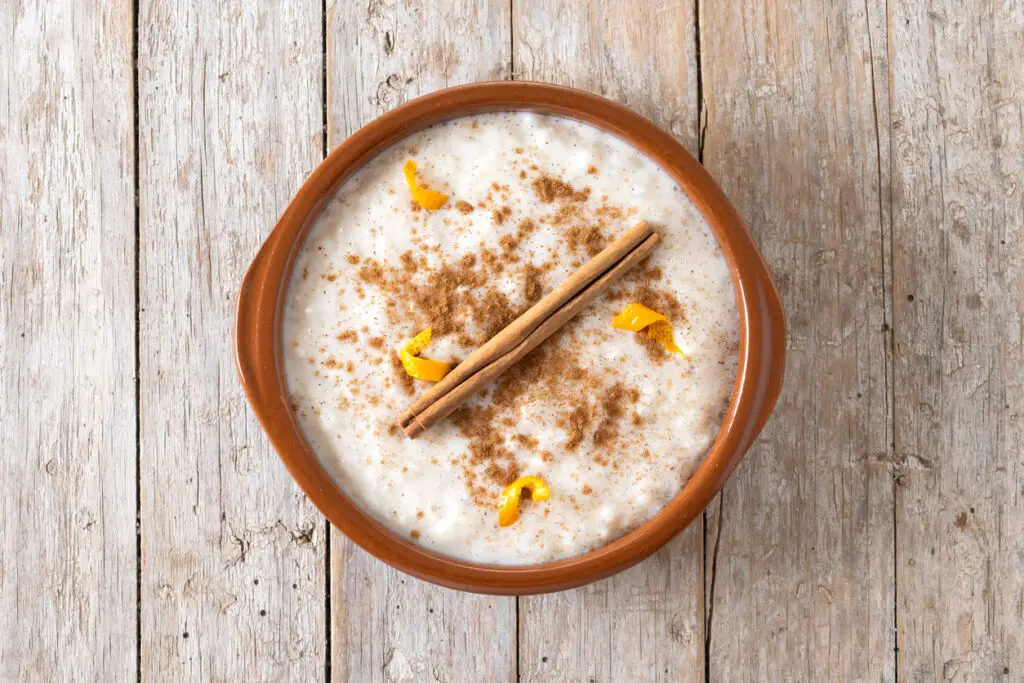
Rice was inexpensive and widely available, making rice pudding a frequent dessert option. It was cooked with milk (fresh or powdered), sweetened with sugar or molasses, and flavored with cinnamon or nutmeg when possible. It was a simple dish, but one that felt indulgent in lean times.
Rice pudding carried its popularity well past the rationing years. Today, it’s a comfort food classic around the world, often tied to family recipes and traditions. The creamy texture and gentle sweetness feel like a hug in a bowl, connecting us back to the kitchens of the past.
13. Potato Pancakes
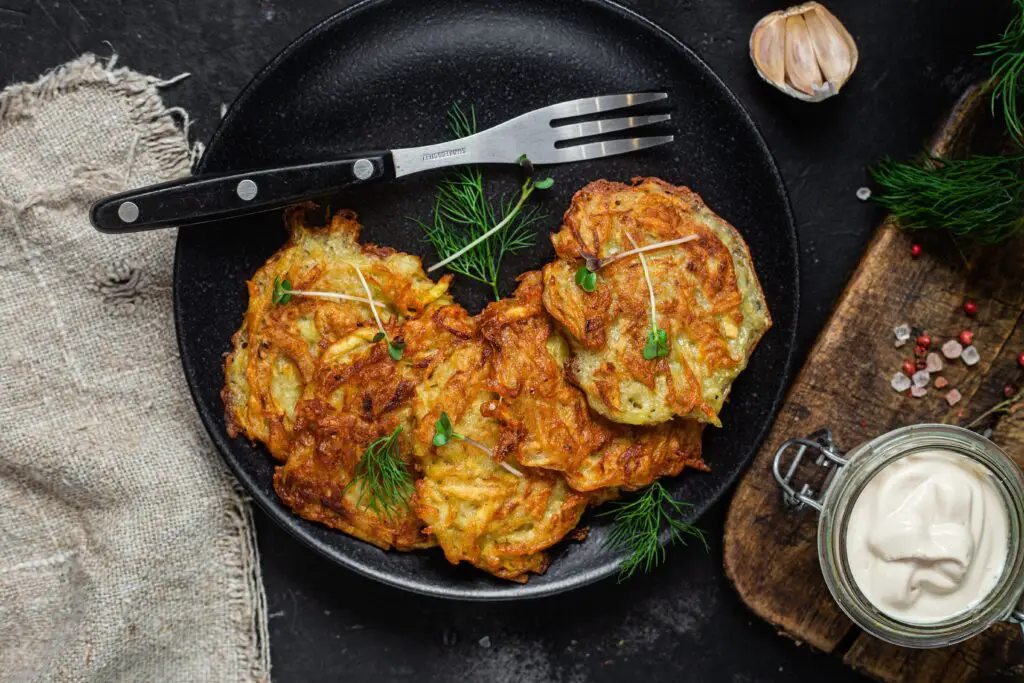
Potatoes were a wartime staple, filling and versatile. Families shredded them into pancakes, frying them crisp in a little oil or fat. They could be served plain, with applesauce, or with a dollop of sour cream if available.
Long after rationing ended, potato pancakes held onto their spot in comfort food culture. Crispy edges and soft centers make them irresistible, whether served at breakfast or dinner. They’re a reminder of how simple ingredients can turn into something unforgettable.
14. Pea Soup
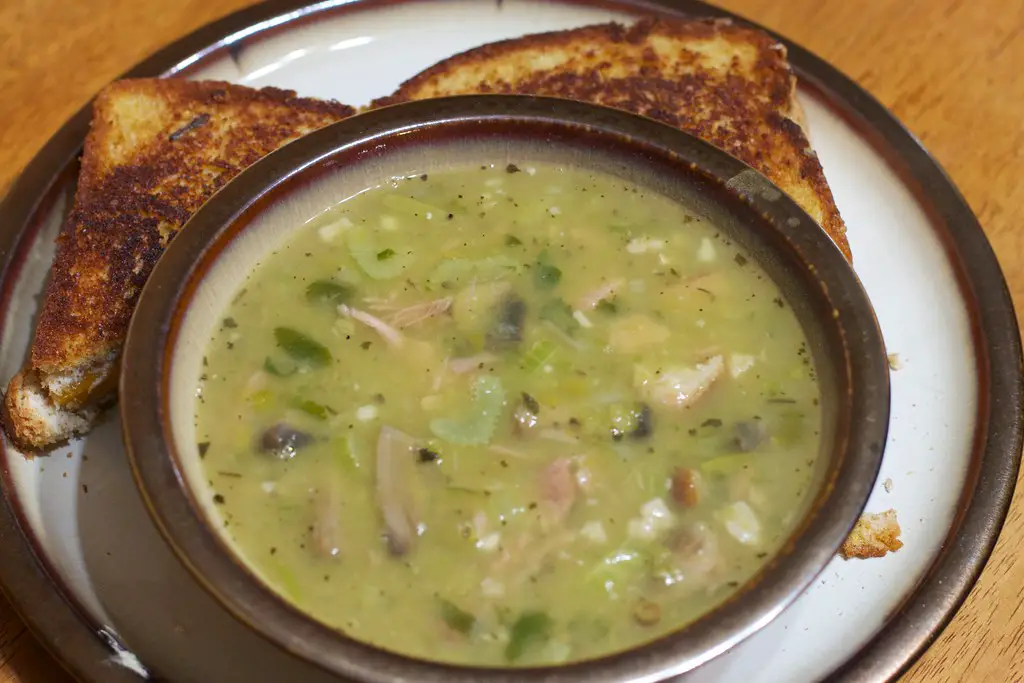
Dried peas were cheap, hearty, and easy to store. During wartime, pea soup became a common dish, often simmered with scraps of ham bone or a little seasoning to stretch flavor. It was thick, filling, and made good use of limited supplies.
Over the years, pea soup evolved into a comfort food favorite. It’s still served in diners, homes, and even holiday gatherings. Its smooth, earthy flavor and ability to warm you through have made it a lasting legacy of wartime frugality.
15. Bread Pudding
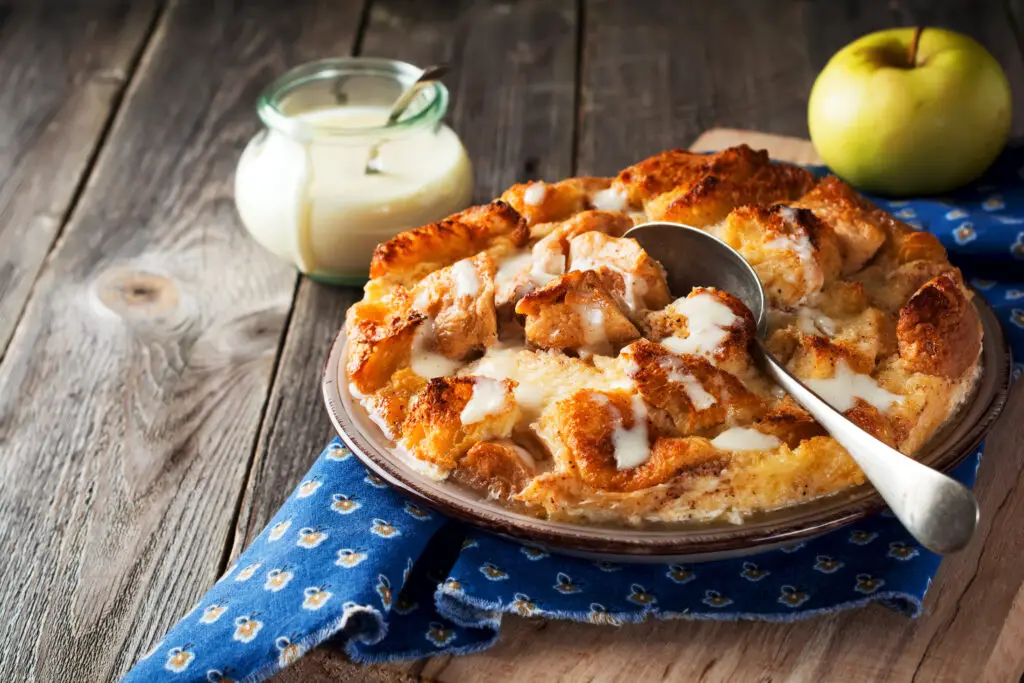
When nothing could go to waste, stale bread was given new life in the form of bread pudding. Mixed with milk, sugar, and spices, then baked until golden, it turned scraps into dessert. It was resourceful, delicious, and surprisingly comforting.
Bread pudding never disappeared after rationing ended. Today, it’s a cozy dessert that often shows up in restaurants with creative twists, like caramel or bourbon sauce. What began as a way to stretch ingredients has become a sweet symbol of making the best of tough times.
